The first time I slipped my arms into a lambskin womens leather jacket, I literally gasped. Not a polite, restrained “oh, that’s nice” reaction—an actual audible gasp of surprise. The sensation defied every previous leather-wearing experience. It wasn’t just soft; it felt like wearing a cloud that somehow also made me look incredibly sophisticated.
People always ask what makes lambskin so different. They’ve touched sheepskin bomber jacket women’s styles and women’s lambskin biker jacket options, wondering why the price jumps so dramatically compared to cowhide. The answer lies in the leather itself—lambskin comes from young sheep, producing hides with characteristics no other leather can match. That buttery leather jacket women describe isn’t marketing hyperbole; it’s an accurate description of how soft leather jacket lambskin genuinely feels against your skin.
Understanding why your lambskin bomber jacket women’s piece feels so exceptional helps you appreciate the investment and care for it properly. Let’s explore what makes this premium lambskin jacket material the gold standard for luxury leather.
The Science Behind the Softness
Lambskin’s legendary softness starts with biology. Young sheep develop incredibly fine-grained hides with closely packed fibers thinner than those found in mature animals. These delicate fibers create that smooth, almost velvety texture lambskin is famous for. When you run your hand across a women’s lambskin biker jacket, you’re feeling the result of nature’s finest work.
The fiber density matters too. Lambskin contains more fibers per square inch than cowhide or goatskin, but each individual fiber is finer. This combination creates leather that’s both supple and surprisingly strong—though we’ll discuss durability limitations later.
Tanning processes specifically developed for lambskin preserve these delicate qualities. Traditional vegetable tanning or modern chrome tanning must be gentler for lamb hides than for tougher materials. Tanners carefully control chemical concentrations, temperatures, and processing times to soften the leather without weakening it. Rush this process, and you get stiff, cardboard-like results. Do it right, and you create that buttery leather jacket women covet.
The natural oils in lamb hide contribute to the supple feel. Lambskin retains more of its original oils than heavily processed leathers, maintaining flexibility without feeling greasy. These oils also help the leather age beautifully, developing a rich patina rather than drying out and cracking.
Lambskin vs. Other Leather Types: The Softness Showdown
Let’s compare. Cowhide—the most common leather jacket material—feels substantially stiffer when new. It requires extensive breaking-in before achieving comfortable flexibility. Even well-worn cowhide never matches lambskin’s softness, though it beats lambskin in durability and weather resistance.
Goatskin splits the difference. Softer than cowhide but firmer than lambskin, goatskin offers a middle ground. It’s more durable than lamb but lacks that melt-in-your-hands quality. For motorcycle riders or outdoor enthusiasts, goatskin makes sense. For pure luxury? Lambskin wins.
Calfskin (from young cows) comes closest to lambskin’s softness, but the grain structure differs. Calfskin feels smooth and fine, but it doesn’t have that plush, almost suede-like nap that characterizes premium lambskin. Both make excellent jackets; they just deliver different tactile experiences.
Sheepskin from mature sheep is often confused with lambskin. While related, sheepskin feels coarser and heavier. The age difference when the animal’s hide is processed matters significantly. Lambskin’s youth translates directly to superior softness.
Your soft leather jacket lambskin option will feel more delicate than alternatives. That’s not a flaw—it’s the tradeoff for unmatched comfort and luxury. Understanding these differences helps you choose the right leather type for your lifestyle.
The Durability Question: Soft Doesn’t Mean Fragile
Here’s where some misconception needs correcting. Yes, lambskin is less durable than cowhide. No, that doesn’t mean your women’s lambskin biker jacket will fall apart if you look at it wrong. Lambskin offers surprising toughness when properly cared for—it’s just not ideal for certain activities.
Avoid wearing lambskin for motorcycling (despite the name “biker jacket”). In a fall, cowhide’s thickness provides abrasion resistance lambskin simply cannot match. But for everyday urban wear, car commutes, and normal activities, lambskin bomber jacket women’s styles perform beautifully for years.
The leather’s thinness works both for and against you. Thin leather drapes better, creating elegant silhouettes impossible with bulkier materials. However, sharp objects can puncture it more easily. A minor snag that wouldn’t phase cowhide might damage lambskin.
Water resistance represents lambskin’s biggest weakness. While quality lambskin handles light rain, prolonged exposure causes problems. The leather absorbs moisture, potentially spotting or stiffening if not dried properly. Cowhide and goatskin handle weather far better.
Lifespan depends entirely on care. A well-maintained premium lambskin jacket can last 15-20 years looking fantastic. Neglected lambskin shows wear within a few seasons. The investment demands attention, but the rewards justify the effort.
Caring for Your Buttery Soft Investment
Lambskin’s delicacy requires specific care routines. First rule: never machine wash or dry clean without explicit manufacturer approval. The chemicals and agitation used in standard cleaning destroy lambskin’s structure. Hand-cleaning with products specifically formulated for lambskin is your safest bet.
For routine maintenance, use a soft cloth slightly dampened with water to wipe surface dirt. Don’t saturate the leather—minimal moisture is key. After cleaning, let the jacket air-dry naturally away from heat sources. Never use hair dryers, radiators, or direct sunlight to speed drying.
Conditioning prevents drying and cracking. Apply lambskin-specific leather conditioner every 2-3 months, or more frequently in dry climates. Test conditioner on an inconspicuous area first—some products darken lighter colors. Use sparingly; over-conditioning makes leather feel greasy.
Storage matters more for lambskin than tougher leathers. Hang your buttery leather jacket women’s piece on padded hangers to maintain shoulder shape. Store in breathable cotton garment bags, never plastic which traps moisture. Keep it away from direct sunlight to prevent fading.
Weatherproofing spray designed for delicate leather adds protection against moisture and stains. Apply it when the jacket is new, reapplying several times per season. This creates a barrier without affecting the leather’s feel or appearance.
Styling Your Lambskin Luxury
The drape and flow of a soft leather jacket lambskin material allows styling options stiffer leathers can’t match. Because lambskin moves with your body rather than holding rigid shape, it works over everything from fitted tees to chunky sweaters without adding bulk.
A women’s lambskin biker jacket looks equally at home over a silk slip dress and ankle boots or paired with distressed denim and sneakers. The material’s inherent elegance elevates casual outfits while the relaxed fit prevents formal looks from feeling stiff.
For work environments, a classic lambskin bomber jacket women’s style in black or navy functions as a sophisticated blazer alternative. The soft leather reads as polished rather than edgy, especially in streamlined cuts without excessive hardware.
Color options matter with lambskin. Black remains the most versatile and popular choice—timeless, elegant, and endlessly wearable. Brown or tan lambskin exudes warmth perfect for fall and winter. Unusual colors like burgundy or forest green work if you build your wardrobe around them, but limit pairing flexibility.
At NYC Leather Jackets, their lambskin collection spans classic styles to contemporary cuts, all crafted from premium materials. Made-to-measure options ensure perfect fit—crucial for lambskin since alteration risks damaging the delicate leather. Free shipping and easy returns eliminate purchase anxiety.
Is Lambskin Right for You?
Honest assessment time. Lambskin suits certain lifestyles better than others. If you drive everywhere, work in climate-controlled environments, and want the absolute softest, most luxurious leather possible, lambskin makes perfect sense. Your premium lambskin jacket becomes a daily staple that draws compliments constantly.
However, if you walk miles daily in unpredictable weather, need leather for motorcycle protection, or are generally rough on clothing, cowhide or goatskin serves you better. There’s no shame in choosing durability over delicacy—just know what you’re optimizing for.
Budget considerations matter. Lambskin costs more than cowhide because the material is more expensive and harder to work with. Expect to invest at least $600-800 for quality lambskin versus $400-600 for comparable cowhide jackets. The price reflects reality—you’re paying for unmatched softness.
Frequently Asked Questions
Q: Will my lambskin jacket stretch out over time?
A: Yes, but minimally. Lambskin has some give, conforming to your body shape with wear. This is positive—the jacket becomes even more comfortable. However, it won’t stretch enough to accommodate significant weight gain. Buy for your current size plus room for light layering.
Q: Can I repair scratches or scuffs on lambskin?
A: Minor scratches often disappear with gentle rubbing using your fingers—body oils can work them out. For deeper damage, professional leather repair specialists can patch or color-match repairs. DIY fixes risk making damage more visible. Prevention through careful wearing beats after-the-fact repairs.
Q: How do I know if I’m buying quality lambskin?
A: Quality lambskin feels incredibly soft but still has body—it shouldn’t feel papery or overly thin. Check the underside; you should see fine, tight fibers. Cheap lambskin often gets over-processed, losing the natural grain texture. Buy from reputable sources and examine construction quality alongside leather quality.
Q: What’s the difference between lambskin and Nappa leather?
A: Nappa refers to a specific tanning process creating exceptionally soft leather, often applied to lambskin or calfskin. “Lambskin Nappa” combines the young sheep hide with this premium tanning method for maximum softness. Not all Nappa leather is lambskin, but the combination represents ultimate luxury.
Q: Can I wear lambskin year-round?
A: Absolutely. Lambskin’s thinness makes it suitable for cool summer evenings and early fall. Layer it in winter over sweaters. Its breathability prevents overheating better than synthetic jackets. The versatility across seasons adds value to the investment.
Now you understand why that lambskin womens leather jacket feels so remarkably different. It’s not marketing magic or placebo effect—it’s biology, craftsmanship, and specialized processing creating leather with characteristics no other material matches.
That buttery softness people describe? It’s real. The luxury feel? Earned through quality materials and expert tanning. The investment required? Justified by years of wear and constant compliments.
Shop exclusive leather jackets for men and women, or customize your own with the made-to-measure option at nycleatherjackets.com. Enjoy free shipping, easy 30-day returns, and the best prices on premium leather jackets. Experience the difference genuine lambskin makes—slip into one, and you’ll understand why soft leather jacket lambskin represents the gold standard.
Your search for the perfect buttery leather jacket women’s piece ends here. The question isn’t whether lambskin’s softness justifies the cost, but how you lived without it this long.
Publisher: techners.net



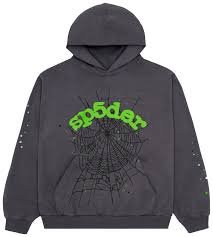

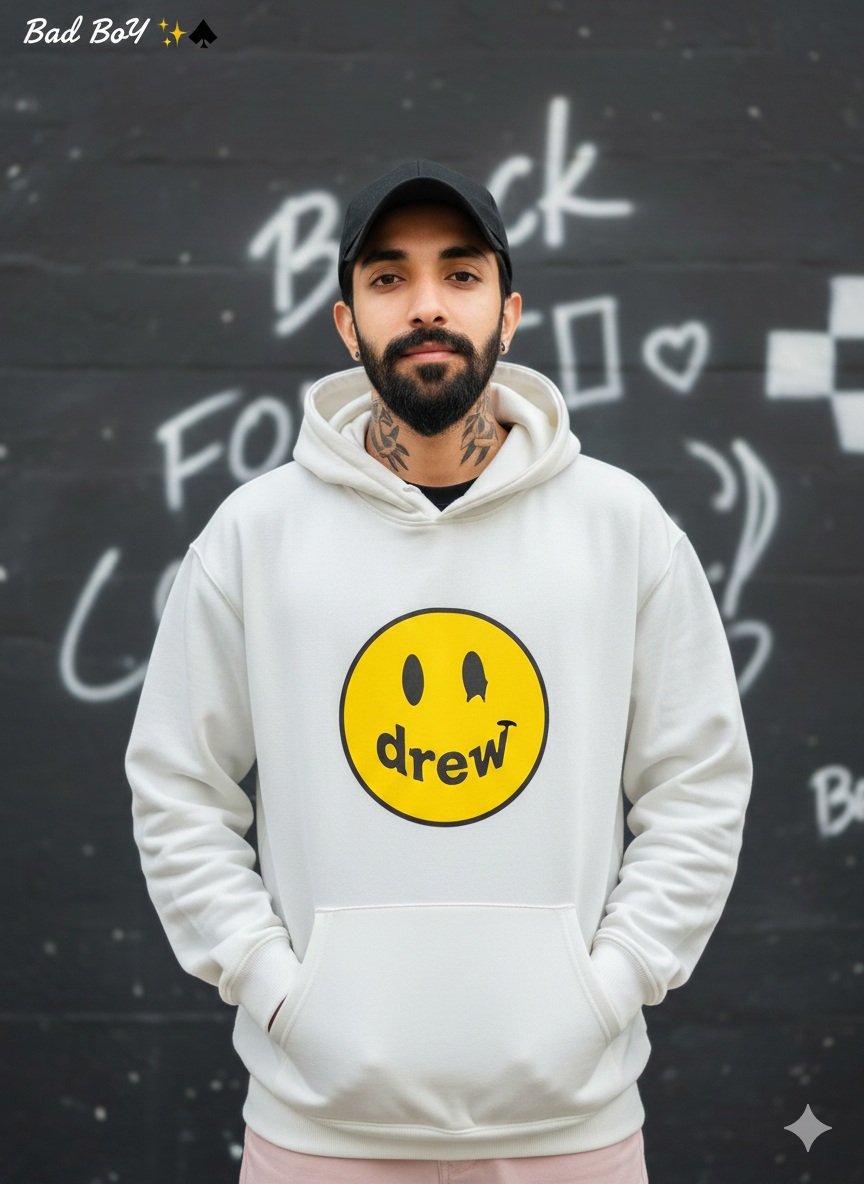
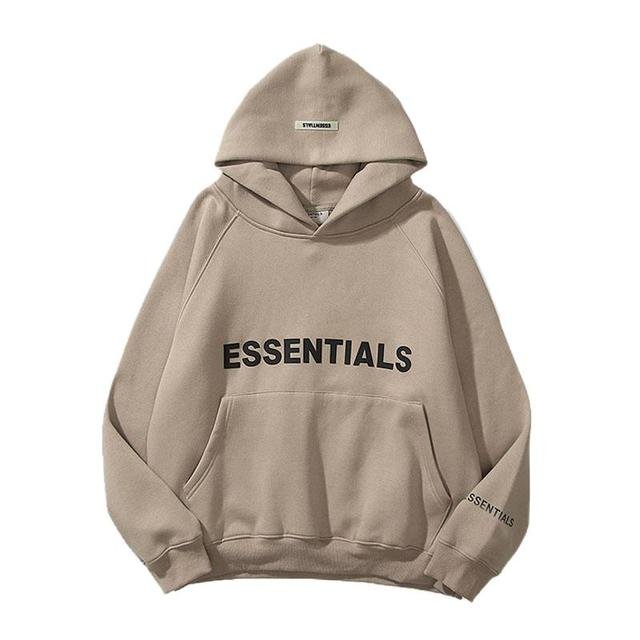



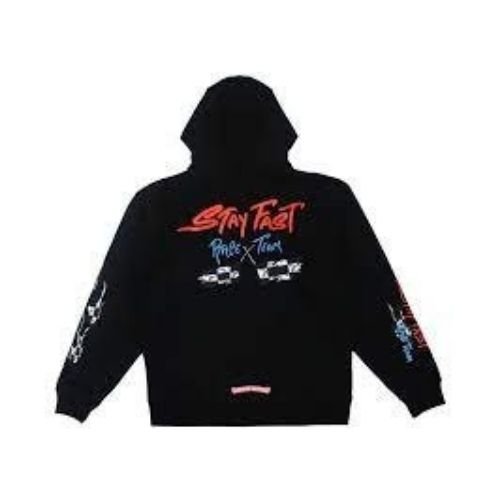
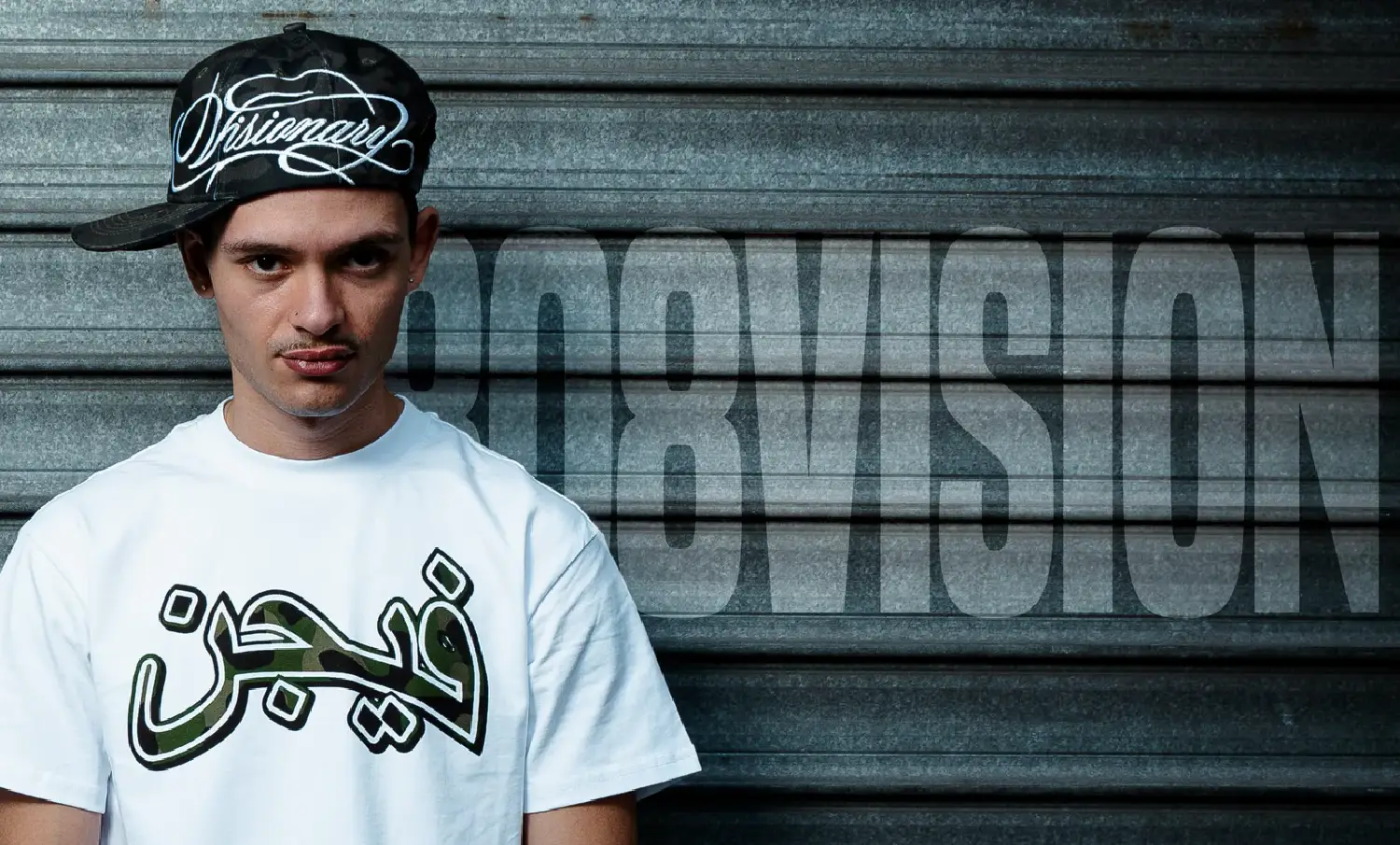




Leave a Reply